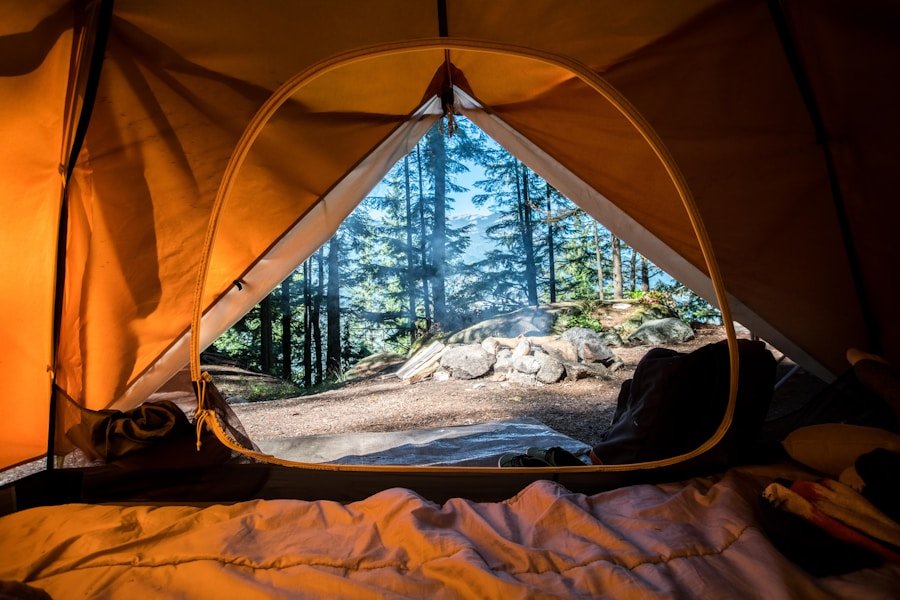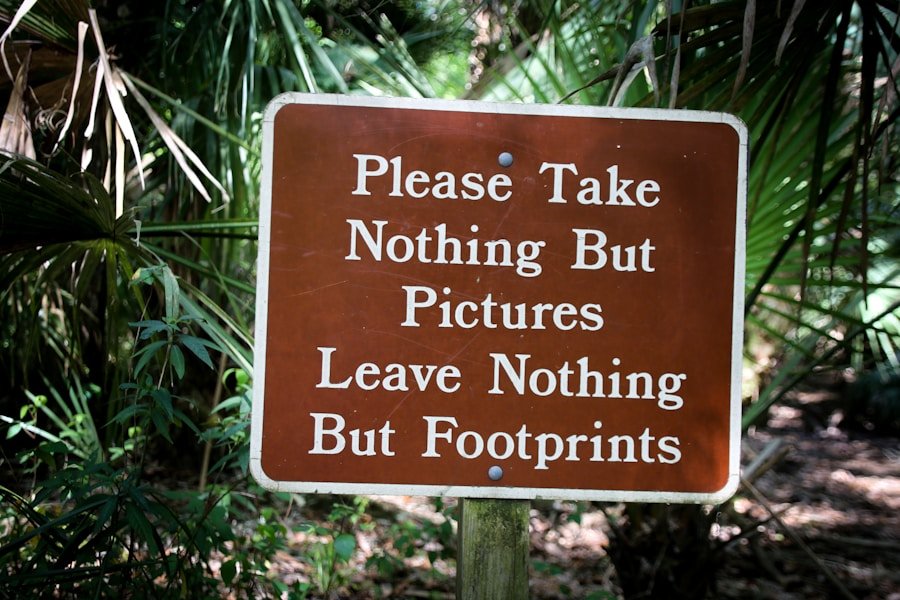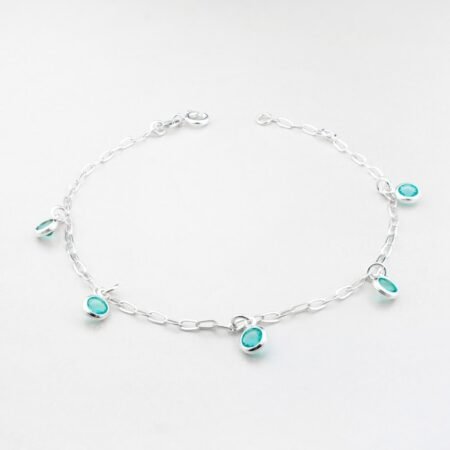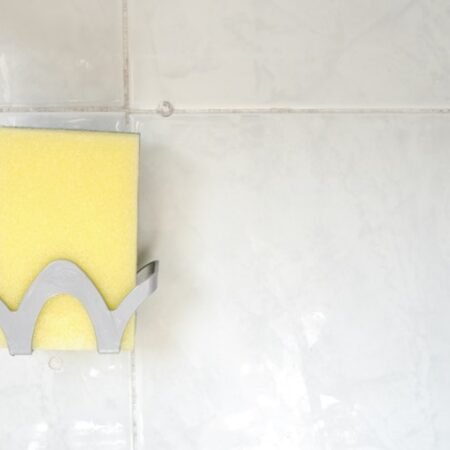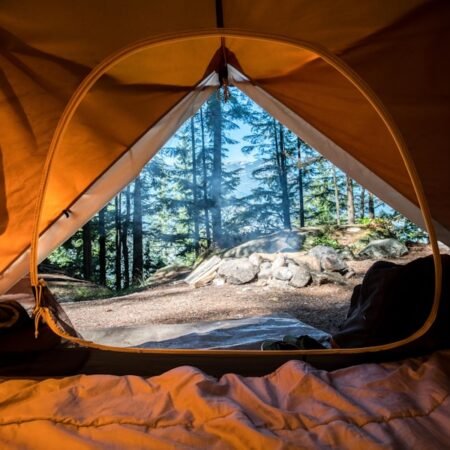When venturing into the great outdoors, having the right equipment is crucial for a safe and enjoyable camping experience. Among the essential items to include in your camping gear are rope and paracord, versatile and durable materials with a wide range of applications. These tools can prove invaluable in various camping situations, from setting up a shelter to securing gear and responding to emergency situations.
Rope and paracord play a vital role in establishing a secure shelter in the wilderness. Whether using a tent, tarp, or hammock, a reliable and strong rope or paracord is necessary for securing the shelter and maintaining its stability in diverse weather conditions. Furthermore, rope and paracord can be utilized for hanging food and other items out of reach of wildlife, as well as creating a clothesline for drying wet clothes or gear.
In emergency situations, rope and paracord can be employed for constructing a makeshift stretcher or securing a splint, making them indispensable for wilderness survival.
Key Takeaways
- Rope and paracord play an essential role in camping, from shelter building to survival situations.
- They are crucial for setting up tents, creating makeshift shelters, securing gear, and even for first aid in emergencies.
- When choosing rope and paracord for camping, consider factors like strength, durability, and versatility.
- In addition to traditional uses, rope and paracord can be used for innovative purposes like creating campsite furniture and tools.
- Safety tips for using rope and paracord in the wilderness include checking for wear and tear, avoiding overloading, and learning proper knot-tying techniques.
Essential Uses of Rope and Paracord in Outdoor Survival
Practical Uses in Emergency Situations
In addition to setting up shelters and securing gear, rope and paracord can be used for creating makeshift fishing lines, repairing gear, and even building traps for catching food. In medical emergencies, rope and paracord can be used for creating tourniquets, securing bandages, and even constructing a makeshift sling for injured limbs.
Signaling for Help
Their versatility makes them essential for any camping or outdoor survival situation. In addition to their practical uses, rope and paracord can also be used for signaling for help in emergency situations. By creating a makeshift flag or using reflective materials to catch the attention of search and rescue teams, rope and paracord can be invaluable for increasing your chances of being found in the wilderness.
Reliable Tools for Any Situation
Their strength and durability make them reliable tools for any outdoor survival situation, making them an essential item to have in your camping gear.
Choosing the Right Rope and Paracord for Camping
When it comes to choosing the right rope and paracord for camping, there are a few key factors to consider. The first consideration is the strength and durability of the material. For setting up shelters and securing gear, it is important to choose a rope or paracord that is strong enough to withstand various weather conditions and hold the weight of your shelter and gear.
Additionally, the length of the rope or paracord is an important factor to consider, as it will determine its versatility and usefulness in different camping situations. Another important consideration when choosing rope and paracord for camping is the material and construction of the rope. While traditional rope made from natural fibers such as hemp or cotton can be strong and durable, they are also prone to rotting and weakening when exposed to moisture.
Paracord, on the other hand, is made from nylon and is resistant to rotting and mildew, making it an ideal choice for outdoor use. Additionally, paracord is lightweight and compact, making it easy to carry in your camping gear without adding extra bulk or weight.
Innovative Ways to Use Rope and Paracord in Camping
In addition to their traditional uses, rope and paracord can be used in innovative ways to enhance your camping experience. One creative use for paracord is creating a survival bracelet, which can be unraveled in emergency situations to provide several feet of strong cordage. Paracord can also be used for creating handles for water bottles or gear, as well as weaving into decorative items such as keychains or lanyards.
Additionally, rope and paracord can be used for creating a makeshift clothesline for drying wet clothes or gear, as well as constructing a makeshift pet leash or harness. Another innovative use for rope and paracord in camping is creating a makeshift pulley system for lifting heavy items or securing gear. By using a combination of knots and pulleys, you can create a simple yet effective system for lifting heavy items such as water jugs or coolers into trees to keep them out of reach of wildlife.
This can be especially useful in bear country, where keeping food and scented items out of reach is essential for safety. These innovative uses for rope and paracord can enhance your camping experience and provide additional convenience and safety in the wilderness.
Safety Tips for Using Rope and Paracord in the Wilderness
While rope and paracord are essential tools for camping and outdoor survival, it is important to use them safely to avoid accidents or injuries. One important safety tip is to always inspect your rope or paracord before each use to check for signs of wear or damage. Frayed or weakened areas should be repaired or replaced before using the rope or paracord to ensure its strength and reliability.
Additionally, it is important to learn how to tie a variety of knots for different purposes, as well as how to properly secure knots to prevent slippage or failure. Another important safety tip for using rope and paracord in the wilderness is to always use them within their weight limits and capabilities. Overloading rope or paracord beyond their weight limits can cause them to fail, leading to accidents or injuries.
It is important to know the weight limits of your rope or paracord and use them accordingly to ensure their strength and reliability. Additionally, it is important to store your rope and paracord properly when not in use to prevent damage from moisture, sunlight, or pests. By following these safety tips, you can ensure that your rope and paracord are reliable tools for camping and outdoor survival.
DIY Projects with Rope and Paracord for Camping
Paracord DIY Projects
One popular DIY project with paracord is creating a survival bracelet, which can be unraveled in emergency situations to provide several feet of strong cordage. Paracord can also be used for creating decorative items such as keychains, lanyards, or even dog collars and leashes.
Rope DIY Projects
Additionally, rope can be used for creating hammocks, swings, or even a makeshift clothesline for drying wet clothes or gear.
Creating a Makeshift Shelter
Another popular DIY project with rope and paracord is creating a makeshift tarp shelter using a combination of knots and pulleys. By using a tarp or poncho along with rope or paracord, you can create a simple yet effective shelter that provides protection from the elements in the wilderness. This DIY project can be especially useful in emergency situations where shelter is needed quickly, making it an essential skill for any outdoor enthusiast. These DIY projects with rope and paracord can enhance your camping experience and provide additional convenience and comfort in the wilderness.
The Versatility of Paracord: A Must-Have for Camping Essentials
Paracord has become a must-have item for camping essentials due to its versatility and durability in outdoor survival situations. One of the key features that make paracord essential for camping is its strength and durability. With a breaking strength of 550 pounds, paracord is strong enough to withstand various weather conditions and hold the weight of shelters, gear, or even people in emergency situations.
Additionally, paracord is resistant to rotting and mildew, making it reliable in wet or humid environments where traditional rope made from natural fibers may weaken. Another feature that makes paracord essential for camping is its compactness and lightweight design. Paracord is easy to carry in your camping gear without adding extra bulk or weight, making it convenient for any outdoor adventure.
Additionally, its compactness makes it easy to store when not in use, allowing you to carry several feet of strong cordage without taking up much space in your pack. The versatility of paracord makes it an essential item for any camping trip, providing reliable cordage for a wide range of uses in the wilderness. In conclusion, rope and paracord are essential tools for camping and outdoor survival due to their versatility, durability, and strength.
From setting up shelters to securing gear and even emergency situations, rope and paracord have a wide range of uses that can be invaluable in various camping situations. By choosing the right rope or paracord for your needs, using them safely, and exploring innovative DIY projects with them, you can enhance your camping experience and ensure your safety in the wilderness. Whether you are an experienced outdoor enthusiast or new to camping, having reliable rope and paracord in your gear is essential for any outdoor adventure.
FAQs
What is the essential role of rope and paracord in camping?
Rope and paracord are essential tools in camping for various purposes such as setting up shelters, securing gear, creating makeshift tools, and for emergency situations.
What are the benefits of using paracord in camping?
Paracord is lightweight, durable, and versatile, making it an ideal tool for camping. It can be used for building shelters, creating makeshift tools, securing gear, and even for emergency medical purposes.
What are some common uses of rope and paracord in camping?
Common uses of rope and paracord in camping include setting up tarps and tents, creating clotheslines, securing gear to backpacks, building emergency shelters, and creating makeshift tools such as fishing lines and traps.
What should campers consider when choosing rope and paracord for camping?
Campers should consider the strength, length, and versatility of the rope or paracord they choose for camping. It’s important to select a type of rope or paracord that can withstand the weight and tension required for various camping tasks.
How should campers care for their rope and paracord during camping trips?
Campers should keep their rope and paracord clean and dry to prevent mold and mildew. It’s also important to inspect the rope and paracord for any signs of wear or damage before each use to ensure safety.



